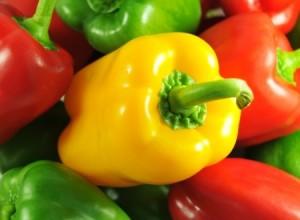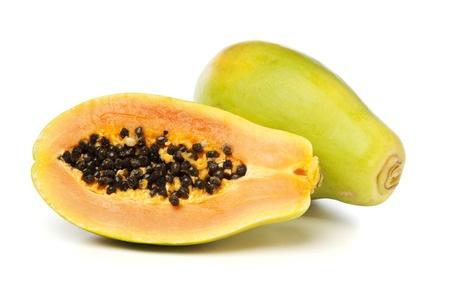Clean eating is a phrase thrown around a lot these days. Although we all try our best to eat clean and make positive changes within our diet, sometimes the changes we THINK are good turn out to have negative implications. Every doctor, nutritionist or personal trainer would tell you it’s a good idea to introduce more fruits and vegetables into your diet, and it is.
We all know they’re packed with some of the key vitamins, nutrients and calories we need to get by on a day to day basis. Sure, it’s hard to introduce more and more fruits and veggies into your daily routine. Especially when you don’t know what to choose and what to do with it. There’s a lot of options out there, and walking through the produce section of the supermarket seems like a foreign place.
To make it even more difficult, when something like the dirty dozen comes along, it throws us all for a loop? It sounds dangerous, even frightening. As the Environmental Working Group pointed out, more and more of the fruits we eat are being tested for pesticide residues. When we’re talking about clean eating, this isn’t exactly what everyone wants to think of. “Two-thirds of produce samples in recent government tests had pesticide residues”
It’s easy to run for the hills and give up the fruits and veggies all together, but as they smartly point out, “the health benefits of a diet rich in fruits and vegetables outweigh risks of pesticide exposure.”
Nonetheless, here are the 2014 “dirty dozen” foods:
- Apples

- Strawberries
- Grapes
- Celery
- Peaches
- Spinach
- Sweet Bell Peppers
- Nectarines
- Cucumbers
- Cherry Tomatoes
- Snap Peas
- Potatoes
There is a solution if some of these are high on your list of foods you eat. Go for an organic version instead. You’ll still get the nutritional benefits, but won’t have to worry about any type of bug or weed killer residue.
For more information and to see the clean fifteen, click here for EWG’s 2014 Shopper’s Guide to Pesticides in Produce.


